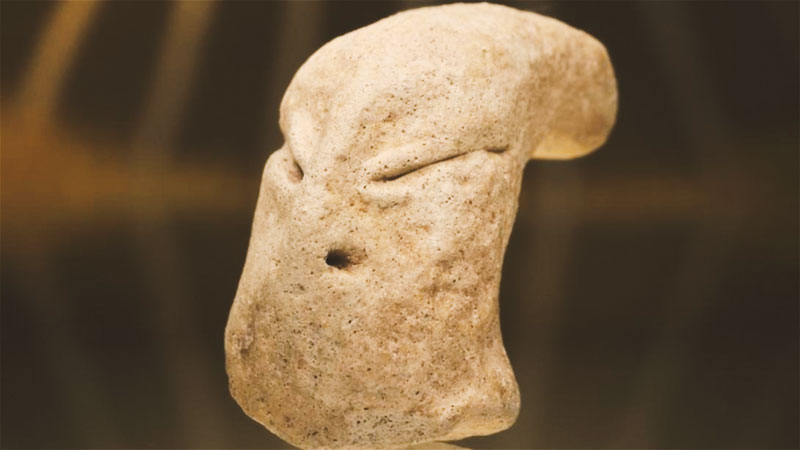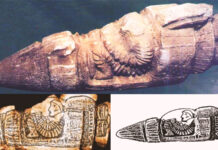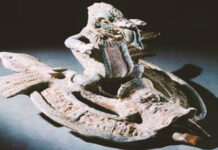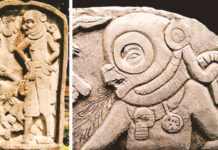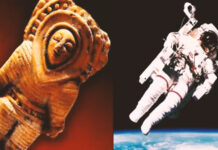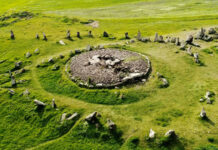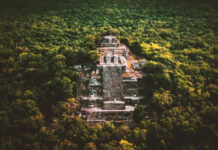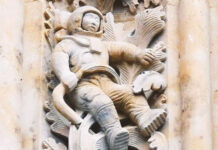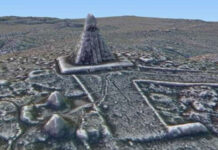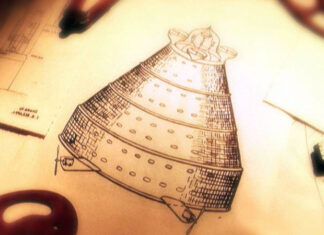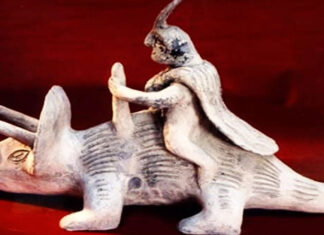During excavations at the archaeological site of Bahra 1 in Kuwait, researchers made a surprising discovery.
They came across a small clay figure representing a head with an elongated skull, slanted eyes, and a flat nose.
Bahra 1 is one of the oldest and largest known settlements in the Arabian Peninsula and plays a central role in understanding the interactions between local Neolithic societies and the Ubaid culture of Mesopotamia.
The Ubaid culture flourished between 6,500 and 3,800 BC and is one of the oldest civilizations in Mesopotamia, being considered a precursor to the Sumerian city-states.
Characterized by organized villages, an advanced subsistence economy, and the production of painted pottery, this culture was notable for the introduction of agricultural technologies, such as irrigation systems, which allowed for the occupation of arid lands.
According to the researchers, the figure with an elongated skull has characteristics associated with this population.
“Its presence raises intriguing questions about its purpose and the symbolic or possibly ritualistic value it possessed for the people of this ancient community,” said Piotr Bieliński, an archaeologist at the University of Warsaw in Poland.
Another highlight is the confirmation of Bahra 1 as the oldest pottery production site in the Gulf region.
The findings also provide clues about the region’s environment at the time, thanks to the analysis of plant remains included in the clay of the ceramics.
“Early analyses revealed traces of wild plants, such as reeds, in the local pieces, while cereals such as barley and wheat appeared in ceramics imported from the Ubaid culture,” explained Roman Hovsepyan, an expert in archaeobotany.
Its artifacts, including tools, pottery, and clay figures, reflect a hierarchical and complex social system.
This culture expanded over a vast area, influencing communities from southern Iraq to the Arabian Peninsula.

